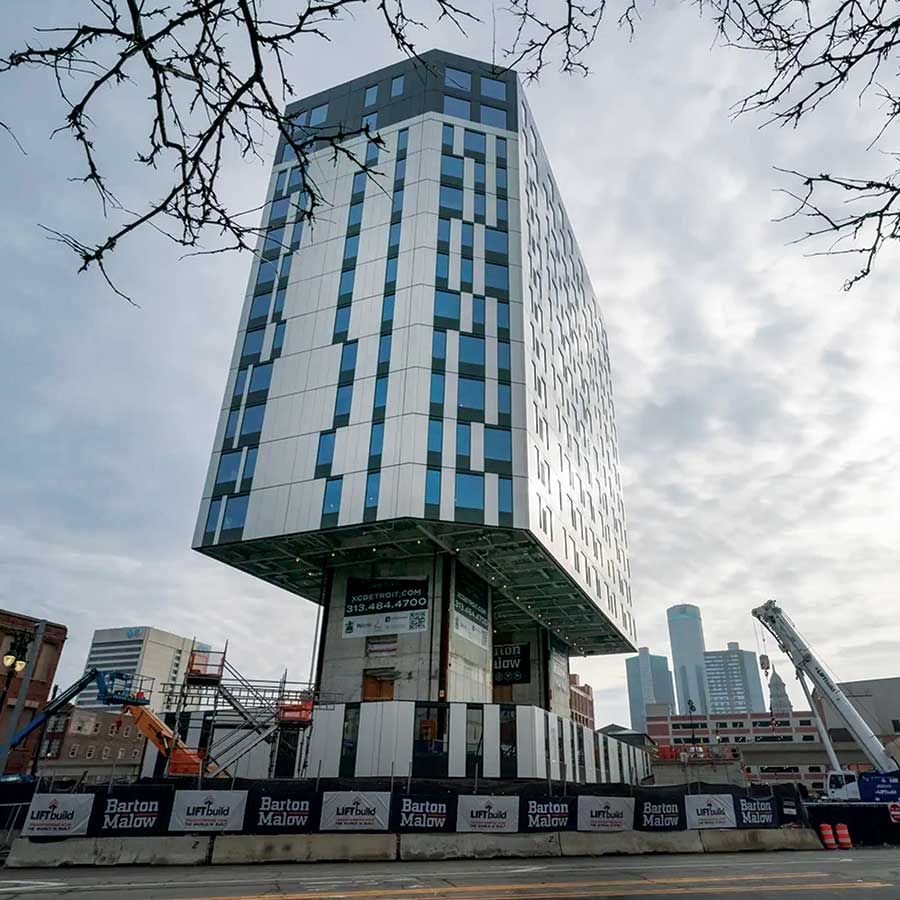Human history is a story of us inventing new technologies, then learning how to get the most out of them. This merry dance has driven our civilisation.First a new technology comes along, disrupting old ways of working. As adoption spreads, it becomes refined and standardised. In turn, this opens the door for new possibilities. Sometimes these are small incremental improvements. Sometimes they have been breakthroughs that shaped the course of human history.
This is what happened in the industrial revolution. Steam engines, railways, the telegraph, iron and steel production, textile manufacturing machinery. All were major breakthroughs which paved the way for further advancements. Advancements which are often combined together in unpredictable ways.
Learning from other domains - construction
These kinds of technological step changes are happening in software right now - faster then we’ve experienced before. This rapid progress can be hard to understand when we're caught up in the middle of it. Historical lessons from other industries can help provide perspective on this.
Many comparisons are made between software and the building construction industry. Much of how software is built was originally derived from the construction industry. For both good and bad.
The most obvious are the lessons we’ve learnt about how not to manage software delivery, i.e. 'waterfall'. The 'Agile' movement is an example of software engineering coming of age. It's human responding to a new technology with new, improved ways of working.
Other comparisons give perspective about where software is at, and what might come next.
How we got to now - cities of glass
A key innovation in modern building construction was concrete combined with steel. Structural steel frames combined with reinforced concrete. This was the technological step change that led to the age of skyscrapers.
Previous to skyscrapers, buildings were all about bricks and mortar. Brick buildings are essentially masonry boxes. The walls themselves are structural and load bearing. They provide the support for the roof and everything else.
This creates two big constraints. Windows can only be so big before the wall loses its strength. Brick walls can only be so tall before they become unstable, limiting the building height. The result is that brick buildings are mostly square boxes, up to 4-5 stories tall, with rows of evenly spaced windows.
The introduction of steel and concrete changed how buildings are constructed. Now tall buildings are supported by a central, structural column. These columns are made out of steel frames and reinforced concrete, stretching hundreds of metres into the sky.
These structural columns are what allows us to step past the limited properties of brick walls. The external facade is no longer load bearing, holding up the weight of the building. This has led to an era where buildings are no longer short square, stone boxes. Now we have the glass covered towers of all shapes and sizes, that soar into the sky.
Where we to next
A recent innovation in the building industry is a technique for top-down construction. It creates some crazy visuals of inverted buildings.
First they build the structural spine of the building. Then each floor is assembled on the ground out of prefabricated components. When completed, the entire floor is lifted into place with jacks. They start building at the top floor and then work down to the ground. Working on the ground has all kinds of benefits, from speed, cost reduction and worker safety.

 Source: buildoffsite.com.au
Source: buildoffsite.com.au
To get to this point, a series of enabling technologies and engineering practices were required. Reinforced concrete, interchangeable parts, modularisation, prefabrication, building standards and codes, etc. They all played a part in making this possible.
This construction approach breaks our mental model of how buildings are constructed. Literally flipping it upside down. It sets the brain racing about how this is possible. And what else might be possible in the future.
Application frameworks provide a leap forward for software
Just as skyscrapers now shape our broader skylines, technological tooling advancements are reshaping what modern applications look like. Software development is still young and evolving. We're constantly discovering new technologies and construction methods. These are changing the way we build software, extending what is possible.
We’re starting to find a way past the bricks and mortar boxes. We’re breaking down monolith applications, which are slow to construct and impossible to adapt over time. We’re discovering our equivalent of a building’s ”structural spine”.
Software development frameworks such as Ash are one of the ways we’re doing it. One of Ash's core innovations is that it provides that central structural spine. This supports the rapid compilation of modular components into a web app. It does this faster and with more flexibility than traditional coding methods.
It's the software equivalent of building a structural column that entire floors can be plugged into. Except, we're not talking about physical buildings where floors are locked in place. We're working in software. Ash's composability means extensions can be easily removed and replaced with another one at any time. Rather than being locked into a monolith, applications can evolve and change shape over time.
This is different to what has come before. This presents new possibilities for the way we build software applications. Not only is it providing immediate benefits, it's providing a platform for the future. It's stepping us forward into the next wave of innovations that allow software applications to soar up into the sky.





